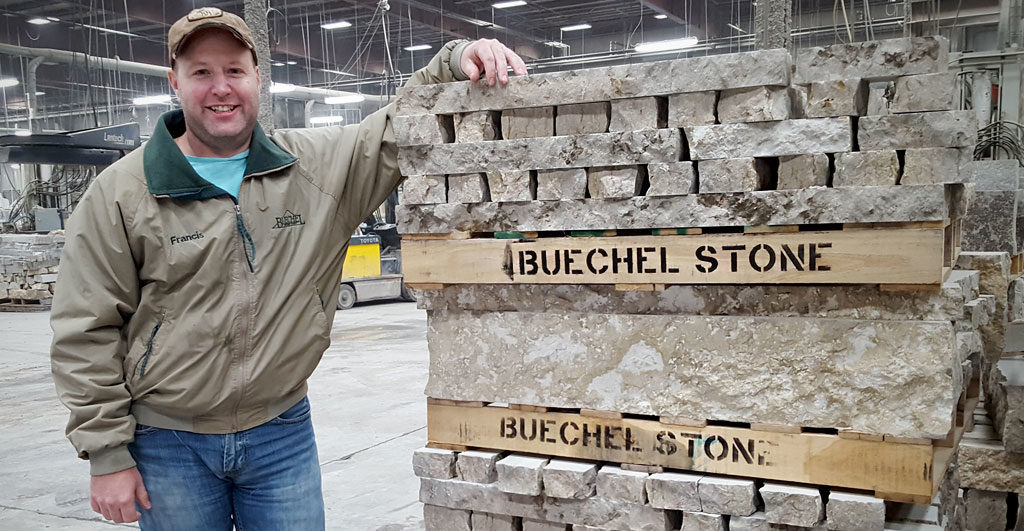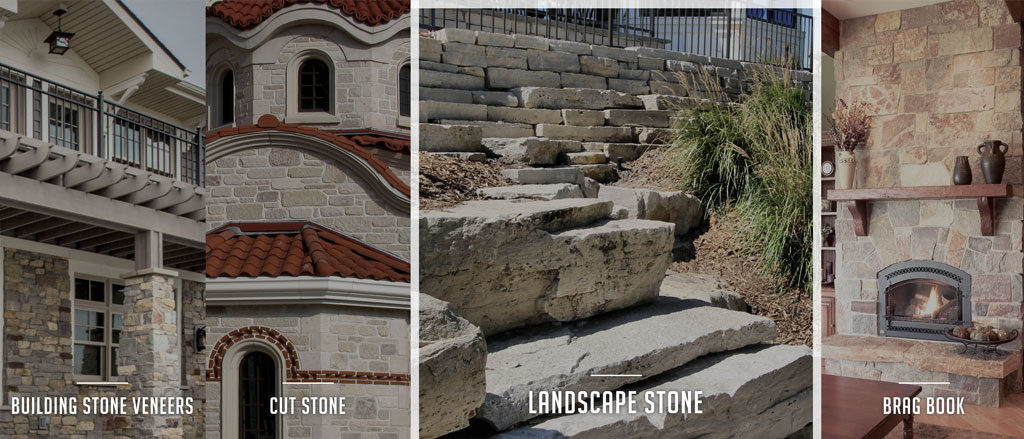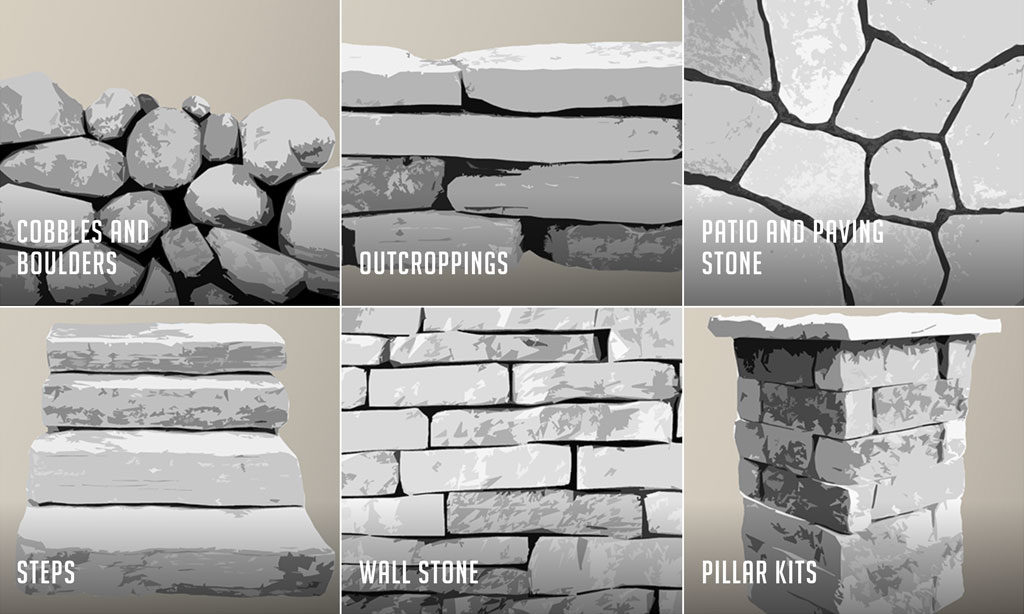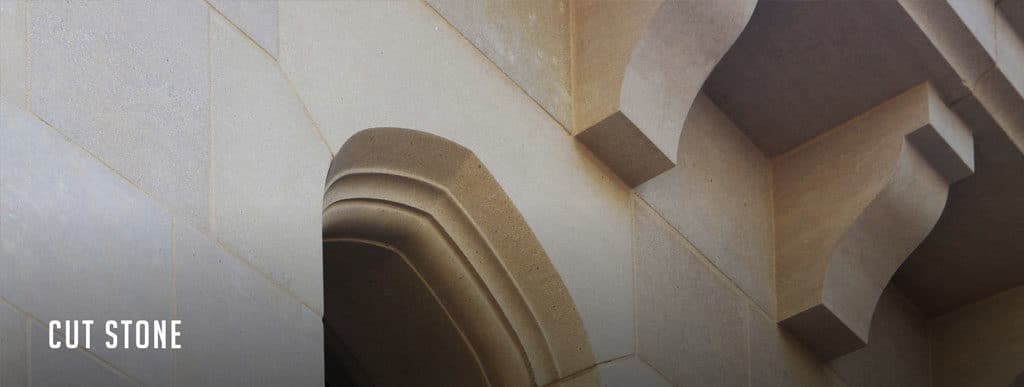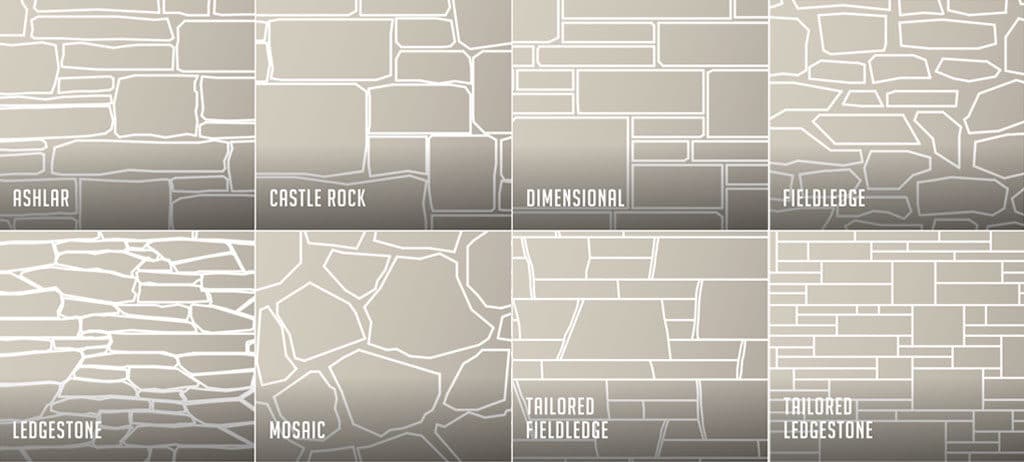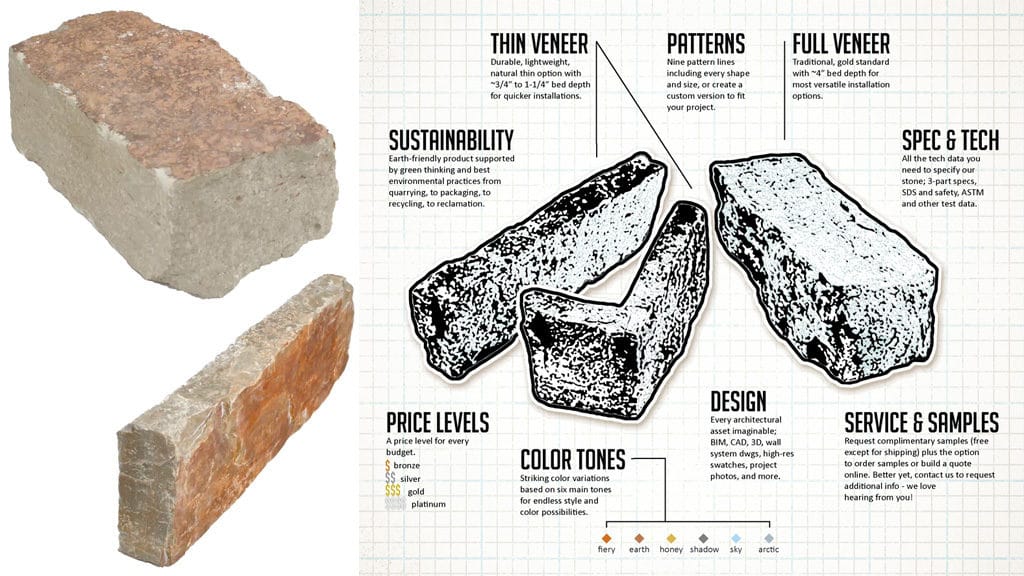Psychology suggests that when someone calls you the wrong name, it’s because they love you. Calling someone you know by the wrong name is a phenomenon known as “misnaming.”
“Michael! Tim! Dan!” I can’t count the number of times my mom would rifle through the names of my brothers and even her own grown-up siblings before landing on mine. Now that I’m a mother of three, I’m more frequently the violator than the victim. So I was a little skeptical (well, mostly relieved) when studies found that misnaming has more to do with our “mental semantic network” than aging. Since our brains file similar relationships according to social and family groups, we’re really just sorting through the names of people we love.
That same sentiment might explain why most days you’ll find Mike Buechel sporting a jacket embroidered with the name ‘Francis’, given to him by his grandma Alyce after her husband’s passing. Or why the pain of a loved one dealing with gallstones might be lessened with some humor (courtesy of Alyce Buechel) and hopes that they might “at least be weatheredge.” The love of stone at Buechel goes deeper than any quarry. So we’re going to take you through some stone terminology, based on the precedent that you can’t fail. After all, any mix-ups or misnames are for the love of stone!
Basic Stone Terminology
In our previous press and blog, Stone with Heart, we talked about how simple it can be to distinguish stone made in a factory from those made by Mother Nature. Some of the terms we’re going to discuss could be used for both manufactured stone and real stone. But since we’re in the business of fabricating only natural stone, that’s what we’re going to focus on here – starting with the three main applications according to which we categorize our stone offerings: Building Stone Veneers, Cut Stone, and Landscape Stone..
Landscape Stone
Pretty much any stone used for landscaping could be classified as Landscape Stone. At Buechel, we break that down into five collections: Cobbles and Boulders, Outcroppings, Patio and Paving Stone, Steps, and Wall Stone. One important consideration when selecting landscape stone is size, especially if you’re planning a DIY installation. Most of the time it’s pretty intuitive. For example, steppers are smaller than flagstone and boulders are bigger than cobbles. For detailed information about sizes and applications per collection or product, click into any one of them to read a brief description. Or use the download buttons for instant access to even more tech and spec information.
Cut Stone
Merriam-Webster defines Cut Stone as stone dressed to a finish with chisels, saws, and tools other than only hammers. This is a fairly broad interpretation, but similar enough to our description. Whether requiring technological precision or the touch of an artisan, the Saw Shop team at Buechel uses a variety of tools to create complex natural stone shapes in a variety of surface textures. Our Architectural Cut Stone designation includes everything from hearths, mantels, surrounds, sills, caps, balusters, and columns to custom-fabricated elements per project. Stone Panels are cut to size and custom fabricated to project specs. Stone Panels have all the advantages of traditional concrete masonry units (CMU) and brick installations, with the added benefits of greater installation flexibility and unique colors and textures that are exclusive to natural stone. But now that we started talking about installations we should probably forge ahead to my personal favorite, Building Stone Veneers.
Building Stone Veneers
Building stone probably has the greatest range of meaning around the country. If you’ve been part of any building project in the last 75 years, few if any of those projects likely used stone in its true building stone application where the stone is the structural framework of the building. Today, stone for the most part is a facade. The structural importance of stone just isn’t a factor anymore (although a lot of attention is paid to the durability of stone.)
Now that we’ve established that it’s more of an aesthetic consideration than a structural one, it should make sense to define building stone as natural stone used to clad a project. In this sense, the term of Building Stone Veneers encompasses both full stone veneers and natural thin veneers – as these types of stone are used “on buildings”. Full stone veneer is natural stone nominally three to five inches in bed depth, with some options as much as eight inches in bed depth depending on the type of stone and installation you’re considering. Natural thin stone veneer is a stone nominally 3/4 of an inch to 1-1/4 inch in bed depth and needs to be less than 15 pounds per square foot. Thinly sawn stone is light enough to transport almost anywhere, and natural thin veneer can be used in conjunction with the same material in full veneer to match throughout the project.
Although they are both natural stone, there is quite a difference in installation procedures. Full veneer needs a stone ledge incorporated with the foundation wall for the stone to rest on. The stone also is anchored to the wall with some fashion of wall ties or similarly specified anchoring system. Thin Veneer falls under the category of “adhered masonry,” meaning it’s stuck directly to the wall and can hang without a support ledge. Here too there are quite a few installation options.
The Buechel Difference | Before, During, & After
So there you have it – some high-level basics of some of our most commonly used natural stone terminology. Nothing too hard for most of you to grasp, as this audience obviously is interested and familiar enough to land on this particular blog post. In future posts we’ll spend more time on what happens before, during, and after installation. All too often steps are missed or assumed, which can result in a project that doesn’t meet expectations. In the meantime don’t hesitate to access us as a resource. That’s why we’re here. Plus we love hearing from you. It’s all a part of providing the best, most dependable experience in the natural stone industry – guaranteed! With Buechel Stone, you have a partner for project success.
Tracy Lisowe
Marketing Director
Buechel Stone Corp.
